Governments throughout the world strive to provide their citizens with high-quality healthcare. Creating health awareness, ensuring a solid infrastructure, and promoting health insurance are productive activities conducted by the government for the welfare of the populace. Occasionally, the Indian government also performs such actions. Read on to learn more about Indian government health insurance schemes.
- What is a Government Health Insurance Scheme?
- Regular Health Insurance Plans vs Government Health Insurance Scheme
- Different Types of Government Health Insurance Scheme in India
- 1) Ayushman Bharat:
- 2) Awaz Health Insurance Scheme:
- 3) Aam Aadmi Bima Yojana:
- 4) Bhamashah Swasthya Bima Yojana:
- 5) Central Government Health Scheme (CGHS):
- 6) Chief Minister’s Comprehensive Insurance Scheme:
- 7) Employees’ State Insurance Scheme:
- 8) Karunya Health Scheme:
- 9) Mahatma Jyotiba Phule Jan Arogya Yojana:
- 10) Mukhyamantri Amrutum Yojana:
- 11) Pradhan Mantri Suraksha Bima Yojana:
- 12) Dr YSR Aarogyasri Health Care Trust Andhra Pradesh State Government:
- 13) Telangana State Government – Employees and Journalists Health Scheme:
- 14) Rashtriya Swasthya Bima Yojana:
- 15) Universal Health Insurance Scheme:
- 16) Yeshasvini Health Insurance Scheme:
- 17) West Bengal Health Scheme:
- Prime Characteristics And Advantages of Government Health Insurance Plans:
- Frequently Asked Questions:
What is a Government Health Insurance Scheme?
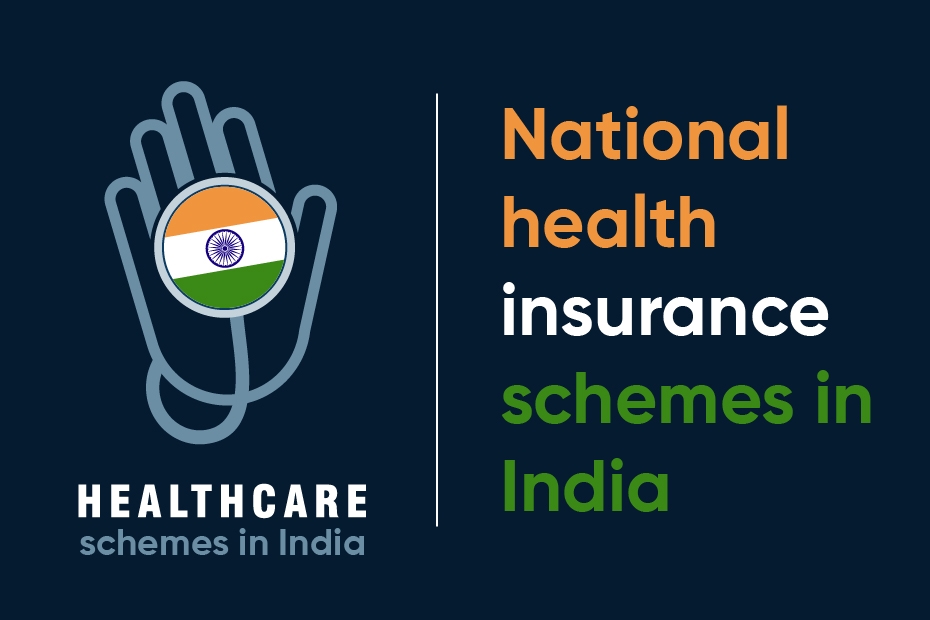
It is a Central or State Government programme designed to provide adequate health coverage at an affordable insurance premium. Typically, these health insurance policies are offered on an annual basis.
Regular Health Insurance Plans vs Government Health Insurance Scheme
| Features | Regular Health Insurance | Government Health Insurance Scheme |
| Eligibility | Available to all sections | Available to lower-income groups only |
| Sum Insured | Maximum coverage up to Rs 1 crore | Maximum coverage up to Rs 5 lakh |
| Premium | Rs 200 per month onwards (plan-dependent) | Rs 100 per month onwards or fully paid by the government (plan-dependent) |
| Coverage | Offers comprehensive coverage | Offers limited coverage |
| Private Hospital Room | Available (depending on the plan) | May or may not be available |
| Policy Purchase | Instant policy purchase | Policy purchase may take time |
| Network Hospitals | Extensive network of private hospitals | A large number of public and private network hospitals |
| Maternity Benefits | Available (depending on the plan) | Available (limited to a single child in some cases) |
| Ambulance Charges | Available in most plans | Available in select plans |
| Domiciliary Hospitalization | Available (depending on the plan) | Not available |
| Online Renewal | Option for online renewal | May or may not be renewed online |
| Cumulative Bonus | Available if no claims were filed in the previous policy year | Not available |
| Health Check-up | Covered in some plans | Not covered |
| Monthly Premium Instalment | Available in some plans | Not available |
| Tax Benefits | Available under the Income Tax Act 1961 | Not available |
Different Types of Government Health Insurance Scheme in India
1) Ayushman Bharat:

The National Health Policy made recommendations that led to the creation of this programme. Ayushman Bharat Yojana is created with Universal Health Coverage (UHC) in mind. Ayushman Bharat seeks to integrate India’s highly segmented health care system. It involves examining the health sector as a whole and ensuring that the people of India receive continuous treatment.
Ayushman Bharat has two components: Health and Wellness Centres (HWC) and Pradhan Mantri Jan Arogya Yojana (PM-JAY). 150000 HWCs have been established to improve the welfare of the population. These HWCs are revamped variants of previous programmes such as Sub Centres and Primary Health Centres. The PM-JAY is a health insurance programme for the underprivileged. It provides annual health coverage of Rs. 5 lakhs per family, and the annual premium is Rs. 30.
2) Awaz Health Insurance Scheme:

The Government of Kerala has established this health insurance coverage for migrant employees. It also provides workers with accidental death coverage. The programme was introduced in 2017 and targeted 5 million interstate migrant workers in Kerala. The health insurance coverage provided by Awaz Health Insurance is Rs. 15000, whereas the mortality benefit is Rs.
This policy is available to labourers between the ages of 18 and 60. They will be issued an Awaz Health Insurance card after submitting and processing enrollment information including biometric data and other work-related documents.
3) Aam Aadmi Bima Yojana:
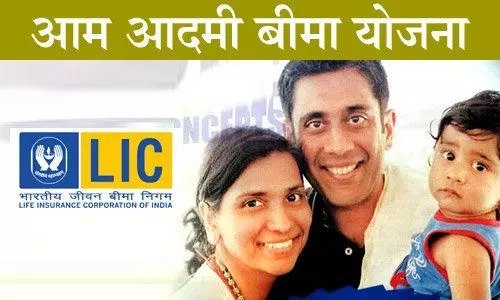
The Aam Aadmi Bima Yojana (AABY) is intended for individuals who engage in certain occupations, such as carpentry, fishing, handloom weaving, etc. There are 48 defined professions. Prior to 2013, there were two equivalent policies, the AABY and the Janashree Bima Yojana (JBY). After 2013, JBY and AABY amalgamated.
The annual premium for a Rs.30000 insurance policy is Rs.200. The eligibility requirements for this policy are being a family head or earning member of a family (near the poverty line) and conducting one of the 48 listed occupations.
4) Bhamashah Swasthya Bima Yojana:
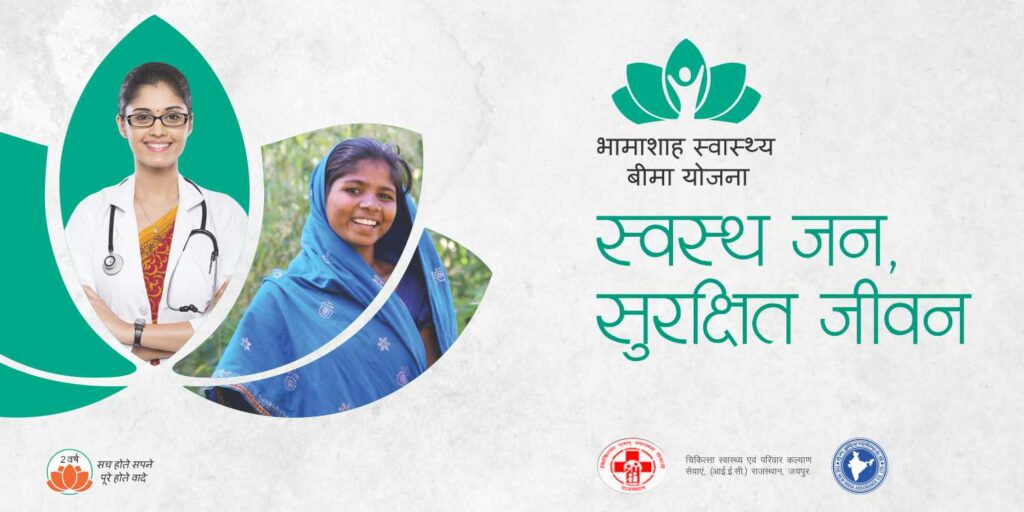
Under the Bahmashah Swasthya Bima Yojana, the government of Rajasthan supports insurance programmes for its citizens. This is a cashless claims programme for rural Rajasthanis. There is no age restriction for eligibility under this programme.
Also eligible for this insurance policy are participants in the National Food Security Act (NFSA) and the Rashtriya Swasthya Bima Yojana (RSBY). According to the terms and conditions, this plan covers hospitalisation costs for both common and life-threatening maladies. It includes both inpatient and outpatient coverage.
5) Central Government Health Scheme (CGHS):

As the name suggests, the Central Government of India has initiated this policy. Employees of the federal government are eligible for this policy. For instance, judges of the Supreme Court, certain Railway Board employees, etc. This policy has been in effect for sixty years and has encompassed over 35 million employees and retirees.
According to the terms and conditions of this plan, hospitalisation and home care are both covered. The Central Government Health Insurance Programme includes both allopathy and homoeopathy. It is currently available in 71 cities, with plans to expand to additional regions.
6) Chief Minister’s Comprehensive Insurance Scheme:
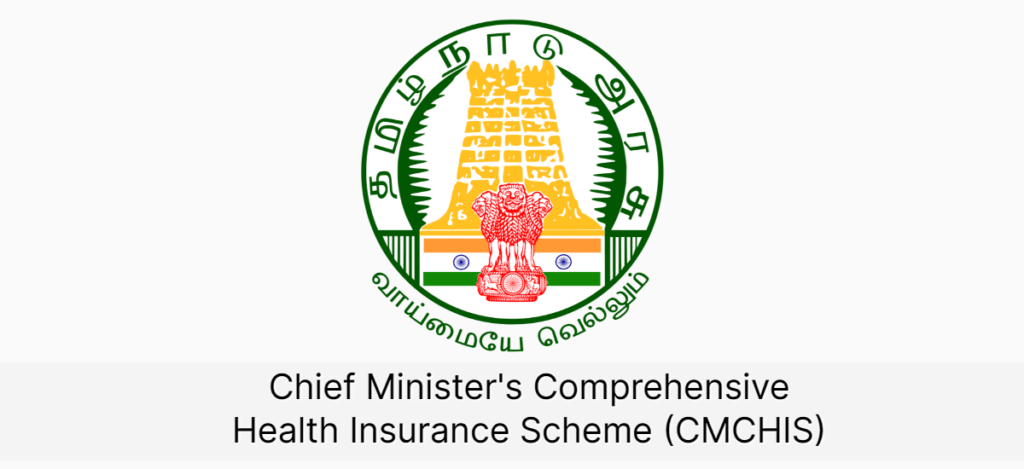
This is a programme of the state government. Government of Tamil Nadu in collaboration with United India Insurance Company Ltd. The Chief Minister’s Comprehensive Insurance Scheme is a family floater plan designed for quality health care.
This policy allows for reimbursement of hospitalisation expenses up to Rs. 5 lakhs. Participating government and private institutions are limited. This programme is open to Tamil Nadu residents earning less than Rs. 75,000 annually. The Comprehensive Insurance Scheme of the Chief Minister covers over a thousand procedures.
7) Employees’ State Insurance Scheme:
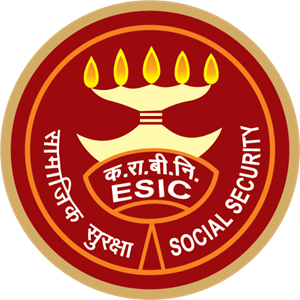
In post-independence India, a vast number of people laboured in factories. As a result of the hazardous working conditions, there were both injuries and fatalities. Here, the concept of insurance proved advantageous. The Employees’ State Insurance Scheme was established in 1952 to provide labourers and employees with financial protection in the event of illness, disability, or death.
Initially, only Kanpur and Delhi were contemplated, but as time progressed, the scheme’s scope grew. 2015 witnessed an upgrade to this policy. Now, over seven million enterprises participate in this programme.
8) Karunya Health Scheme:

In 2012, the Kerala Government initiated this initiative. The Karunya Health Scheme is designed to provide Health Insurance for the chronic conditions enumerated. It is a Critical Illness plan for the poor, and it covers serious illnesses such as Cancer, Kidney Diseases, Heart-Related Conditions, etc.
Individuals below or near the poverty line can enrol in this coverage. A valid Aadhaar card and Income Certificate are required for participation in this programme. There were murmurs that this programme had been terminated, but those rumours were false because this programme is still active.
9) Mahatma Jyotiba Phule Jan Arogya Yojana:
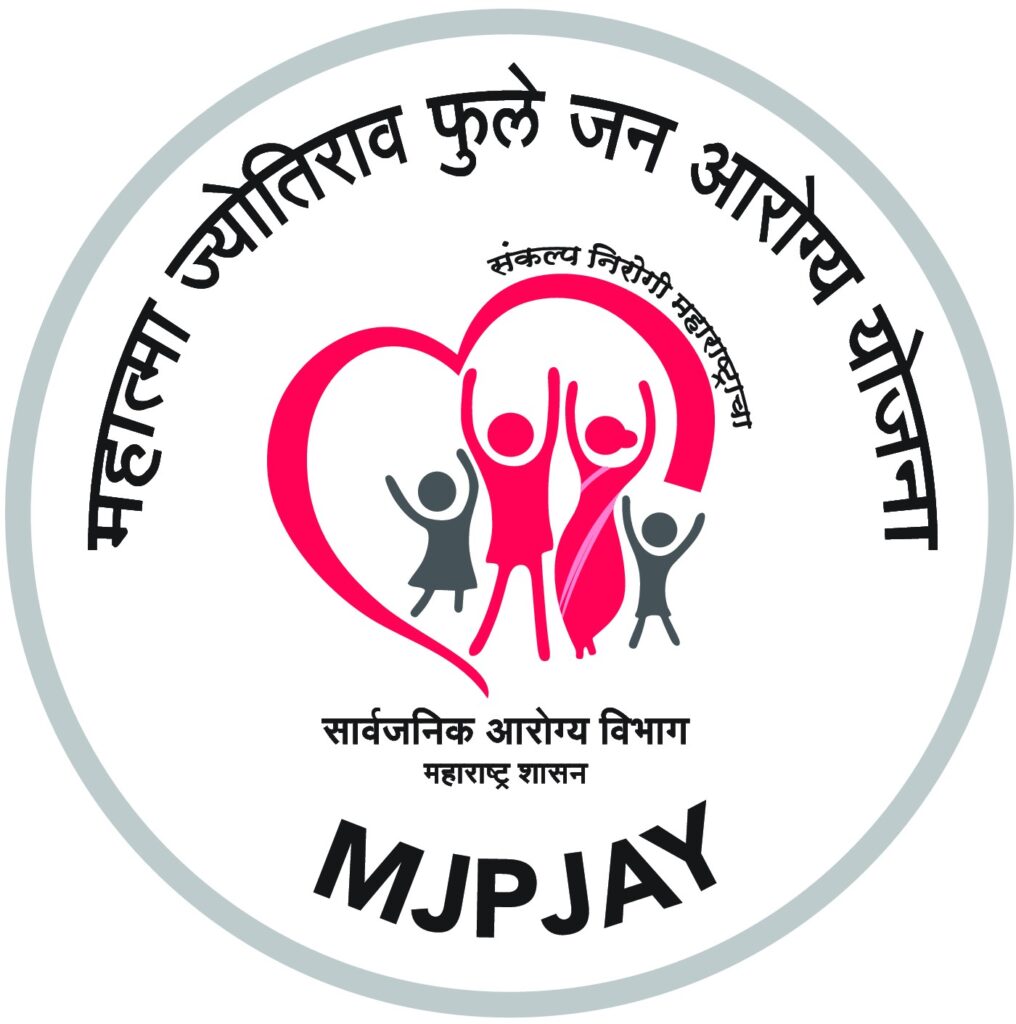
This policy was enacted by the government of Maharashtra for the benefit of its disadvantaged citizens. In the year 2017, the Rajiv Gandhi Jeevandayee Arogya Yojana was renamed the Mahatma Jyotiba Phule Jan Arogya Yojana.
This programme is open to farmers in particular districts as well as those living below or near the poverty line in all districts. It is a family policy with a Rs. 150000 benefit. The diseases listed as inclusions in the plan will be covered from the first day, unless otherwise specified.
10) Mukhyamantri Amrutum Yojana:
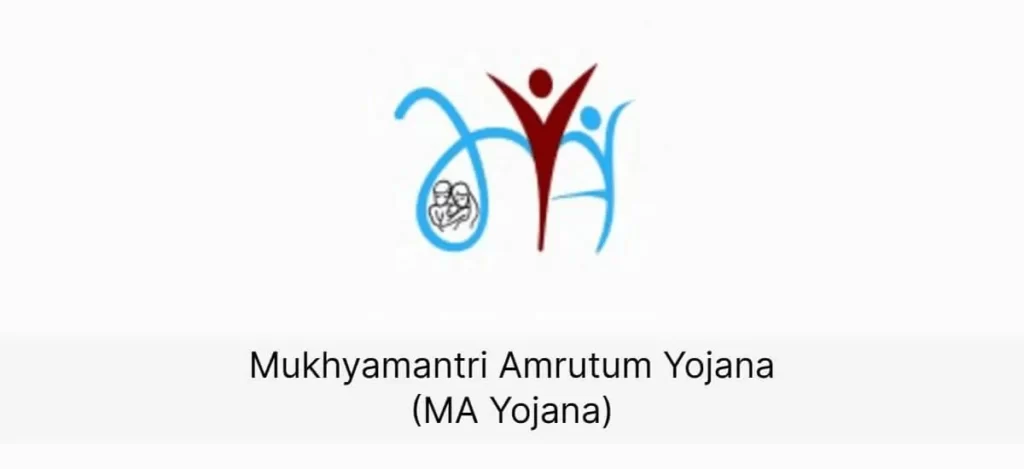
In 2012, the Government of Gujarat introduced the Mukhyamantri Amrutum Yojana for the benefit of the poor in the state. Families in the lower middle class and those living below the poverty line qualify for this coverage.
This plan provides annual coverage of Rs. 3 lakhs on a family floater basis. Different categories of hospitals, such as public hospitals, private hospitals, hospitals supported by charitable organisations, hospitals supported by government grants, etc., offer medical care.
11) Pradhan Mantri Suraksha Bima Yojana:

This programme was created to provide catastrophe insurance to the citizens of India. In 2016, only 20% of Indian citizens were insured, according to research. However, Pradhan Mantri Suraksha Bima Yojana aims to positively alter this statistic.
Those between the ages of 18 and 70 with a bank account can benefit from this programme. For a premium of Rs. 12, this policy provides annual coverage of Rs. 1 lakh for partial disability and Rs. 2 lakhs for total disability/death. The premium is automatically deducted from the insured’s bank account.
12) Dr YSR Aarogyasri Health Care Trust Andhra Pradesh State Government:
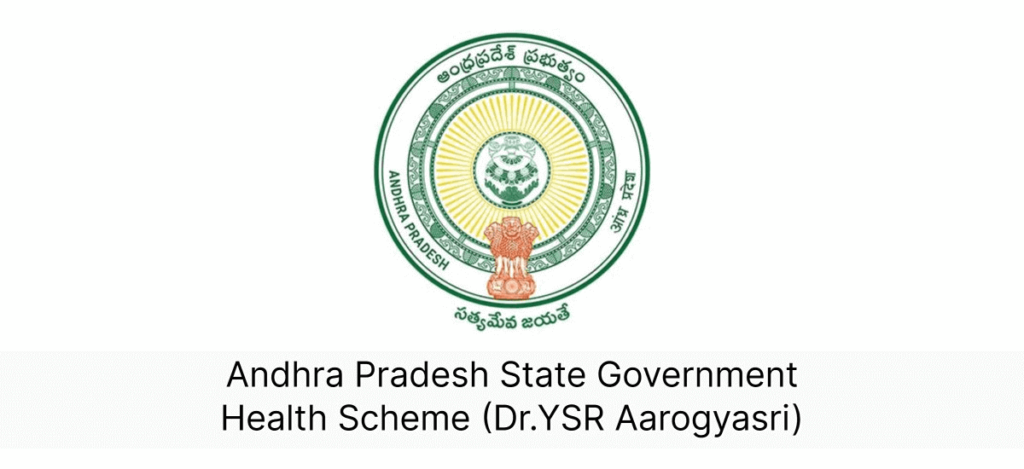
The Government of Andhra Pradesh and the Dr. YSR Aarogyasri Trust, which is involved in health care, have developed four beneficial welfare schemes. These programmes provide assistance to various individuals in times of need.
Here are four schemes:
- Dr YSR Aarogyasri – This scheme is dedicated to the welfare of the poor.
- Aarogya Raksha – This scheme is designed to benefit people Above Poverty Line (APL).
- Working Journalist Health Scheme – This scheme is for journalists and it offers cashless treatment in case of listed procedures.
- Employee Health Scheme – This scheme is for the benefit of state government employees.
13) Telangana State Government – Employees and Journalists Health Scheme:

The Telangana government provides its employees and journalists with this health insurance plan. It benefits those who are presently employed as well as those who have retired and are now pensioners. This plan’s most notable feature is its cashless nature.
Beneficiaries may access institutions participating in this programme and receive cashless care for certain treatments in accordance with the terms and conditions. This aids the beneficiaries, as they do not need to scramble to find money for medical expenses in an emergency.
14) Rashtriya Swasthya Bima Yojana:

This programme targets individuals employed in the unorganised sector. Frequently, they are not covered by any insurance plan. And in this case, if they become unwell, which occurs frequently, their savings are depleted. Therefore, they are never able to guarantee bank deposits. This is where their health insurance can be of assistance.
Rashtriya Swasthya Bima Yojana is an initiative of the Ministry of Labour and Employment of the Indian government. This programme covers individuals who work in the unorganised sector and live below the poverty line. The coverage extends to their immediate family (up to five members).
15) Universal Health Insurance Scheme:
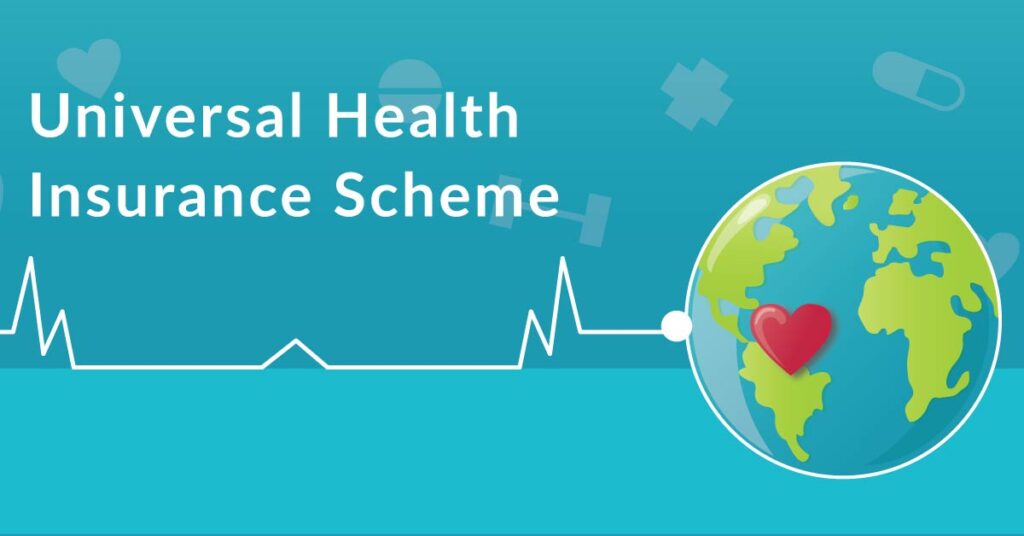
Numerous developed and developing nations worldwide provide some form of health care for their impoverished citizens. The Universal Health Insurance Scheme in India aims to accomplish this and much more. This programme is available to the poorest of the impoverished between the ages of 5 and 70.
Individual and group health insurance are available through the Universal Health Insurance Scheme. It includes hospitalisation, disability, and catastrophe coverage. The premium varies according to family size. To access the policy, those living below the poverty line must provide the required documentation.
16) Yeshasvini Health Insurance Scheme:

The Yeshasvini Health Insurance Scheme is supported by the government of Karnataka. It is intended for farmers and labourers who are members of a cooperative society. According to this insurance policy, more than 800 procedures (Orthopaedic, Neurology, Angioplasty, etc.) are covered.
Farmers and labourers are assisted in enrolling in the Yeshasvini Health Insurance Scheme by cooperative societies. Beneficiaries can access medical services at network hospitals. The scheme extends its benefits to the primary beneficiary’s family members as well.
17) West Bengal Health Scheme:

In 2008, the Government of West Bengal initiated this programme for its employees. It also applies to senior citizens. It was renamed in 2014 to the West Bengal Health for All Employees and Pensioners Cashless Medical Treatment Scheme after a 2014 update.
This coverage extends to an individual and his or her family members, and the amount insured is 1 lakh rupees. According to the policy’s conditions, OPD and surgical procedures are covered. Cosmetic surgeries and non-emergency procedures are excluded.
Prime Characteristics And Advantages of Government Health Insurance Plans:
Here is a list of characteristics and advantages of health insurance programmes:
- Policies are available at a minimal cost.
- Encourages low-income individuals to obtain health insurance.
- Guarantees that the impoverished have some form of insurance coverage.
- The government-initiated policies provide assurance to policyholders.
Inclusion of both Government and Private institutions to improve healthcare.
Frequently Asked Questions:
Why does the government establish health insurance programmes?
The government creates public health insurance programmes for the benefit of its citizens, allowing them to obtain health insurance at a nominal cost.
Can anyone purchase government health plans?
Different plans have varying eligibility requirements. You can make a decision after reviewing the scheme’s required criteria and documents.
Is the Central Government responsible for all government initiatives?
Not every programme is initiated by the federal government. State governments also develop government-specific Mediclaim policies and health insurance programmes.
Can a valid Aadhaar serve as verification of identity for the Government Health Insurance Scheme?
A valid Aadhaar may serve as a proof of identity, but you will need to submit additional documents as specified by the state/national health scheme in order to participate.
Can India’s government health insurance plans be purchased online?
While some Indian government health plans permit direct bank debit, not all plans can be purchased online.
What is the coverage limit for government health insurance programmes?
There is no standard amount of coverage. Different plans offer varying levels of protection. As compared to policies offered by private insurers, the sum insured is typically on the lower end.
What are the limitations of government-sponsored health insurance programmes?
In general, cosmetic procedures are not covered by government health insurance. various plans may have various exceptions; therefore, it is recommended to read the respective policy language carefully to determine the exceptions and benefits of the health insurance plan.
Where can I obtain more information about India’s government-sponsored health insurance programmes?
Dedicated websites provide more information about Indian Government health insurance schemes. A straightforward Internet search should yield specific website results.


